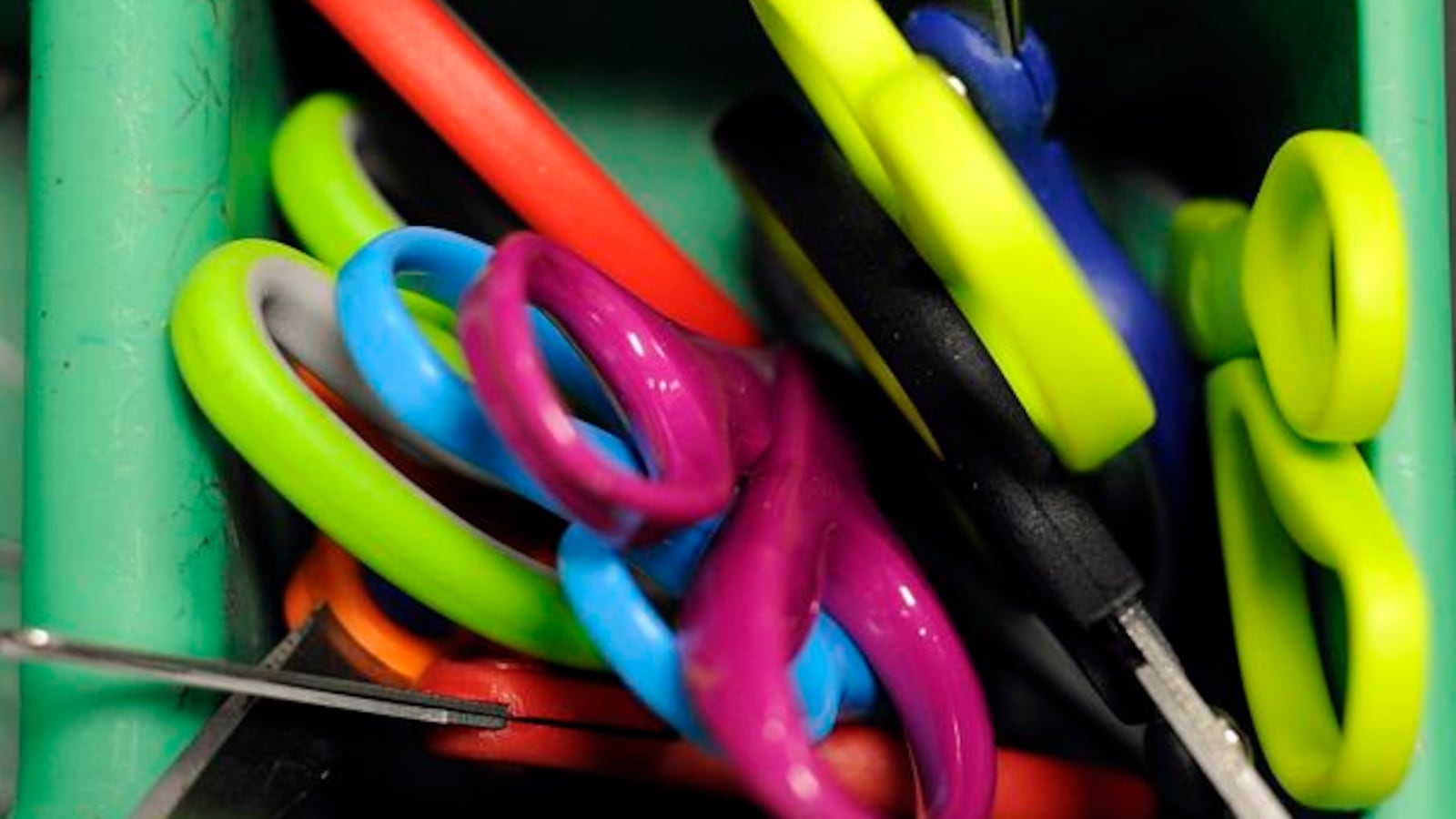Through its voucher and charter school programs, Indiana lawmakers have for years embraced strategies to promote school choice. Now, a new proposal that would let kids take classes outside their public schools could expand those efforts even further.
The program, which is already gaining attention nationally for being at the forefront of school choice strategies, is making its Indiana debut in recently filed House Bill 1007, authored by Rep. Tony Cook, R-Cicero.
The bill lays out the basics of what looks kind of like a voucher program, where students can use public dollars to pay for outside schooling — one course at a time. The “course access” program would allow students to choose certain classes to take outside their public school, such as an advanced physics course, Behning said. Then, those course providers would get a cut of a school or district’s state funding.
So far, there are no specifics on who providers might be, but Behning said they could also include public schools that have online or distance learning programs set up.
“It really makes sense when you talk about some of the smaller districts we have,” said Bob Behning, House Education Committee chairman. “Even in some of our urban districts, with some of the shortages we have, It makes sense to have some availability.”
Advocates, such as the International Association for K-12 Online Learning, said in a 2014 report that it levels the playing field between students, citing that students from low-income families, those who attend rural schools or minority students might have fewer opportunities than their wealthier urban or suburban counterparts.
But critics oppose the program for many of the same reasons they oppose a voucher program. The programs can funnel money away from public schools, typically taking a cut of a school’s state tuition dollars to pay whomever provides the outside classes. In some states, that has been for-profit education providers and online schools.
Online schools across Indiana and the United States have failed to demonstrate widespread academic achievement, but they remain a choice that a growing number of Indiana students and students across the country are turning to.
Under Indiana’s proposed bill, the Indiana Department of Education would be responsible for creating a list of classes for the program by June 30, 2018. A provider could be any one that offers these courses, through any method, including online instruction.
A course tuition fee would also need to be determined. Behning said it’s too early yet to say how much that fee might be, but according to state data, Utah districts paid providers between $200 and $350 per course in 2015 depending on the class being offered.
Teresa Meredith, president of the Indiana State Teachers Association, said she already knows of districts that can engage in partnerships with other types of educational providers without this legislation.
“It sounds like they are creating a solution to a problem that doesn’t exist if there is in fact a way for schools to already do something like this,” Meredith said.
Meredith also worries that by encouraging schools and districts to go to outside providers, it could exacerbate the teacher shortage. There’s little need to hire a licensed teacher if you can outsource the class, she said.
“We need to watch out for the details and ask the question of what problem is this trying to solve,” Meredith said.

